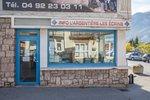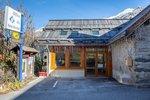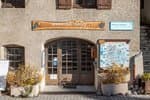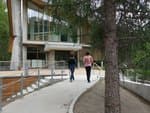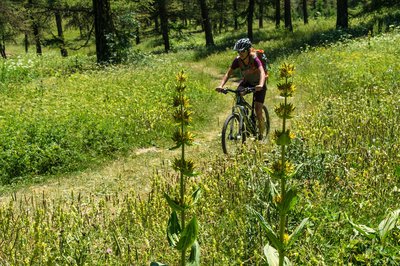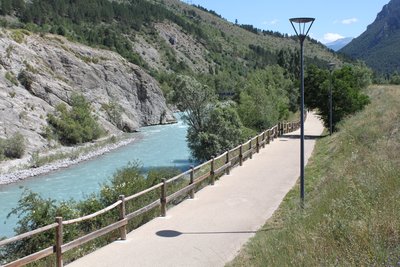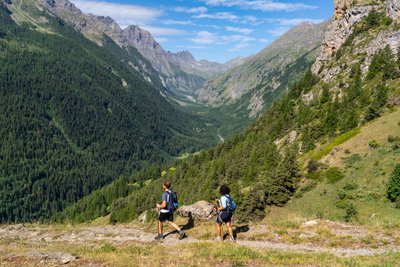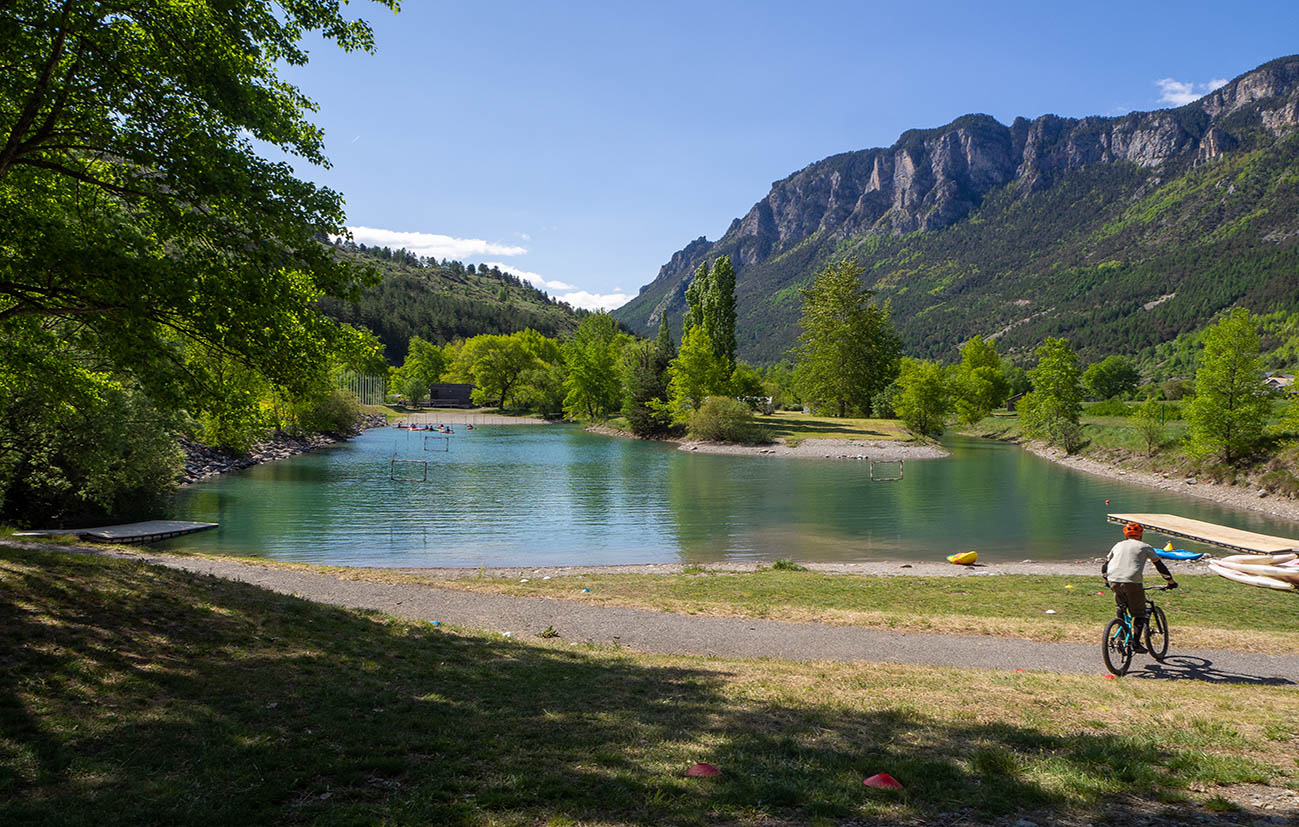
White water stadium at l'Argentière-La-Bessée (III)
Description
The stadium stays opened until late in the summer due to glacier water inflows from the Ecrins mountain range to the Durance river, particularly from the Gyr in the Vallouise valley.
Favorable season : spring to autumn. Large period due to the numerous hydraulic inflows. Opened late in the season due to glacier water inflows.
Technical characteristics :
Length : 400m
Width : 18m
Depth : 4m or 1 %
Flow rate : from 15 to 80m3
Rating : III
Access to the stadium is free of charge outside of competition periods.
- Towns crossed : L'Argentière-la-Bessée
Recommandations
- Wet suits are strongly recommended (glacier waters can reach under 4°C)
- Helmet and life jacket are mandatory
- Inflatable kayaks are not suitable and strongly advised against
Important information :
- Careful with floods after a storm
- Careful with logjams, especially at the beginning of the season
- Please take your trash with you
Attention : Experience is required in order to navigate these rivers without professional supervision. This information is provided for general guidance. Checking weather reports, water levels, flow rates and conditions before embarking is under your responsability. The tourism office and the national park will not be held responsable in case of an accident.
If you have doubts, please ask a professional. Kayak schools, instructors and renting shops of the valley are here to help you.
Mountain Rescue : dial 112
Weather report
Water levels at l’Argentière : https://www.rdbrmc.com/hydroreel2/station.php?codestation=1125
Information desks
23 Avenue de la République, 05120 L'Argentière-La Bessée
Les Alberts, 05290 Puy Saint Vincent 1400 m
Place de l'Eglise, 05340 Vallouise
Vallouise Park house
, 05290 Vallouise
Information, documentation, models, exhibitions, screenings, product sales and works of the Park. Guided tours for school, reservation required. The new Park House opened in Vallouise since June 1, and offers visitors an interactive permanent exhibition inviting to explore the area and its heritage. A temporary exhibition space will allow a renewed offer. Finally, the device is completed by an audiovisual room to organize screenings and conferences Free admission. All animations of the Park are free unless otherwise stated.
4 points of interest
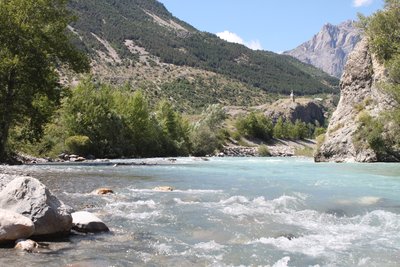
La Durance - Office de tourisme du Pays des Écrins  Water
WaterThe Durance
The Durance is the biggest river in Provence. Its source rises in the municipality of Montgenèvre at an altitude of 2,390 metres, and it flows down to meet the Rhône to the south of Avignon. This is a "pluvio-nival" river, that is to say, its flow depends on the natural addition of water due to snowmelt and rainfall. It thus constitutes a real playground for kayakers from across Europe.
Le Fournel - Office de tourisme du Pays des Écrins  Water
WaterThe Fournel
The source of the Fournel rises in the Fournel valley, in the heart of the Parc National des Écrins, and flows into the Durance near the white water stadium. It is known as a high alpine canyon offering lots of sport and leisure possibilities, and is the most popular in the Haut Val Durance. It is ideal for an introduction to vertical activities, in particular thanks to the presence of several jumps, toboggan runs and rappel sites. Access is authorised from April to October and is regulated because it is located upstream from an EDF water intake, which presents a real hazard.
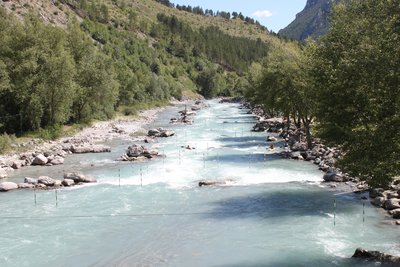
Stade d'eau vive - Office de tourisme du Pays des Écrins  Water
WaterThe white water stadium
As part of its restructuring after the closure of the industrial site, the town of L'Argentière-la-Bessée opted for sports tourism, exploiting the natural elements present on the site, that is to say, water. Standing at the beginning of the longest navigable section of the Durance river, in 1993 the municipality decided to establish itself as a major white water centre by creating this stadium which covers a 400-metre stretch. So thanks to its reputation and its ideal situation, every year this stadium hosts several elite competitions at national and international level.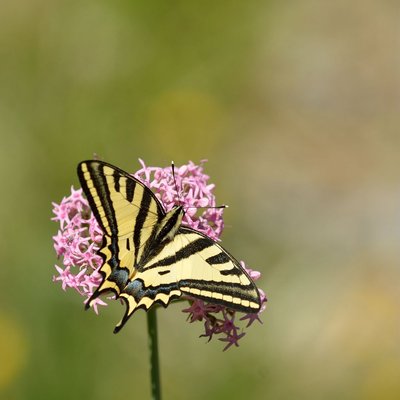
L'Alexanor - Mireille Coulon - Parc national des Écrins  Fauna
FaunaThe southern swallowtail
This very beautiful but rare butterfly is similar to - and can easily be mistaken for - other more common butterflies, the scarce swallowtail (common despite its name) and the common yellow swallowtail. It lives on hot, limestone hillsides. Although protected, it is threatened by the disappearance of its habitat, due in particular to urbanisation and its capture and trade (both illegal) for collectors.
Access
Source


